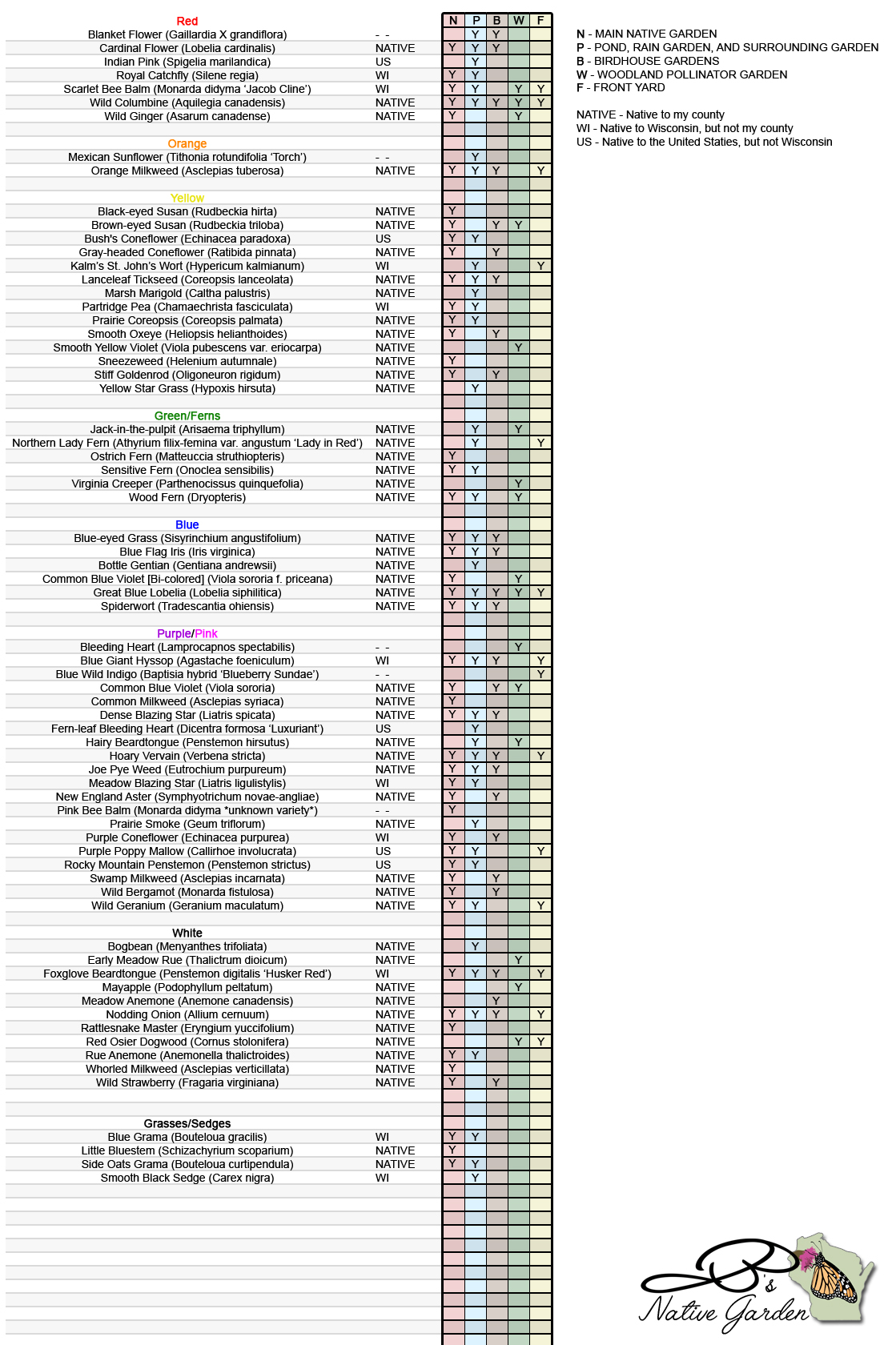Hi All,
I've lived in different places around the country and gardened a bit in most of them. But I consider myself maybe an advanced-beginner, and something of a lazy gardener. . Back in 2014 I finally got hitched, and in 2017 my DH & I purchased a house together in Northwest Indiana, very close to Chicago Illinois.
. Back in 2014 I finally got hitched, and in 2017 my DH & I purchased a house together in Northwest Indiana, very close to Chicago Illinois.
The house is on a good-sized corner lot with 4 maples, a blue spruce, a crabapple tree, and some grass, and the rest of the "landscaping" was either nonexistent or a mess. And come to find out the spruce and at least 1 of the maples are diseased beyond redemption and will need to come down.
It's a work in progress, but my goal is to eventually transform this to a property that is both beautiful and useful: native plants for the birds & bees & butterflies, edibles for us. Have had modest successes in the veggie department & am expecting our first blueberries this year. The native plantings have been slower to establish, but I persevere. Zone 5b, very sandy soil.
Wishing all of you joy in your gardening. Peace!
I've lived in different places around the country and gardened a bit in most of them. But I consider myself maybe an advanced-beginner, and something of a lazy gardener.
The house is on a good-sized corner lot with 4 maples, a blue spruce, a crabapple tree, and some grass, and the rest of the "landscaping" was either nonexistent or a mess. And come to find out the spruce and at least 1 of the maples are diseased beyond redemption and will need to come down.
It's a work in progress, but my goal is to eventually transform this to a property that is both beautiful and useful: native plants for the birds & bees & butterflies, edibles for us. Have had modest successes in the veggie department & am expecting our first blueberries this year. The native plantings have been slower to establish, but I persevere. Zone 5b, very sandy soil.
Wishing all of you joy in your gardening. Peace!



